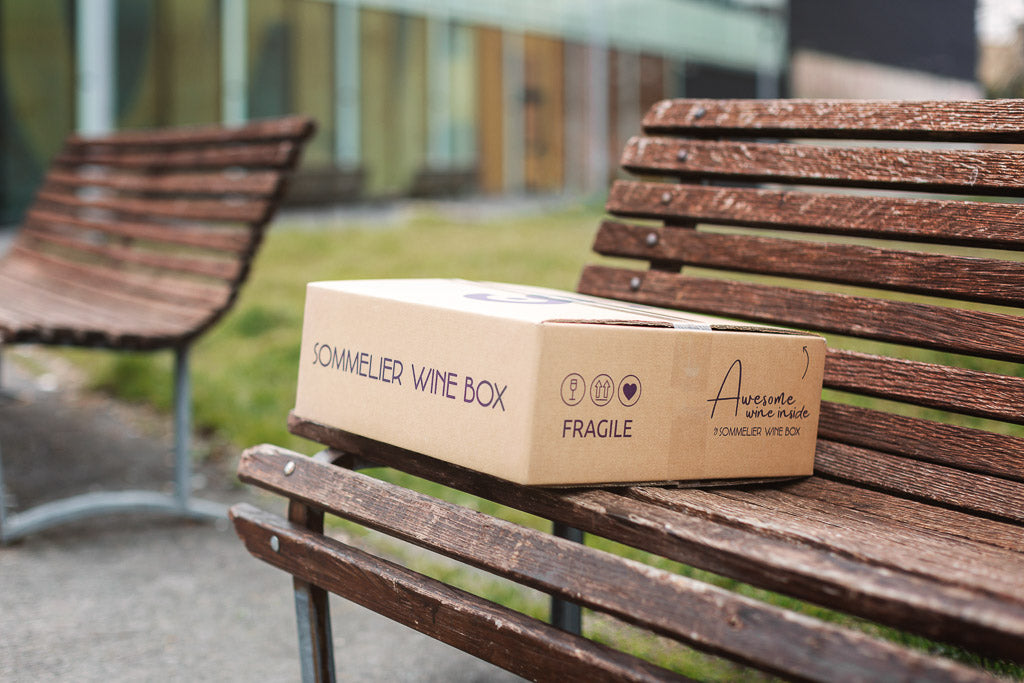For many enthusiasts, sparkling wine is the wine of the most carefree happiness. But not all sparkling wines are the same and knowing how to find your way around the bubbles is not only interesting but above all a source of great satisfaction. We do it together, in 6 points.
Here is a short 6-point guide to distinguish between production methods and qualitative differences in sparkling wines.
The aim of tasting sparkling wines with ever greater awareness.
1. Characteristic of sparkling wines is the development of carbon dioxide which determines the typical perlage : during the fermentation of the wine, the yeasts transform the sugars into alcohol and carbon dioxide.
2. In sparkling wines, the pressure in the bottle cannot be less than 3 bars (3.5 for quality sparkling wines) at an ambient temperature of 20° C.
3. The grapes intended for sparkling wines are generally harvested slightly early , so that the grapes retain greater acidity. As always, one of the qualitative keys is the selection of the bunches (i.e. bringing healthy and intact grapes to the cellar, as well as homogeneous in terms of ripeness).
4. In addition to the production method, sparkling wine is also classified based on its sugar content :
🍾 Zero dosage: less than 3 grams of sugar per liter and no addition of sugar after the second fermentation;
🍾 Extra brut: sugar content between 0 and 6 grams per litre;
🍾 Brut: sugar content less than 12 g/litre;
🍾 Extra dry: sugar between 12 and 17 g/litre;
🍾 Dry: sugar between 17 and 32 g/litre;
🍾 Demi-sec: sugar between 32 and 50 g/litre;
🍾 Sweet: sugar content greater than 50 g/litre;
5. If the reference year is shown on the label, it means that at least 85% of the grapes are from that vintage: in this case the sparkling wine is called “ Millesimato ”. The famous term vintage comes from the French "millésime", which means vintage. Indicating the vintage is a sign of quality and indicates that the vintage is particularly good.
6. Three methods of producing sparkling wines:
1. Classic Method (or Champenoise )
🍾 The most suitable grapes for producing the Classic Method are above all chardonnay and pinot noir, as well as pinot blanc, pinot meunier, pinot grigio and riesling. In relation to the grapes, we talk about Blanc de Noirs when the sparkling wine is obtained from black grapes (naturally vinified as white) and Blanc de Blancs when it starts from white grapes.
🍾 Traditionally attributed to Dom Perignon, it is the method of French Champagne and requires very long times.
🍾 There are two fermentations of wine: the first in the normal fermentation tank, the second in the bottle.
🍾 Assembly (putting together grapes from different vineyards) and cutting (putting together wines of different vintages or different refinements) take place between the first and second fermentation.
🍾 Bottled with a crown cap , it is kept at a temperature of approximately 10°C and controlled pressure.
🍾 When the wine is ready, the bottles are arranged to mature on perforated surfaces ( pupitres ) in an almost horizontal position, where they are rotated ( remuage ) and inclined more every day so that the yeast deposit goes towards the cork ( maturation on the lees ) . The process takes 1-2 months.
🍾 Finally, the deposit is eliminated from the bottle ( disgorgement ) by freezing the tip of the bottle: the cork pops due to the pressure and brings with it the yeast residues.
🍾 Lost wine is replaced and liqueur d'expedition (sugar and wine distillate) can be added.
🍾 The bottle is then closed with a mushroom cork stopper and metal cage.
What to expect from a Classic Method:
A structured, complex and long-lived wine
Aromas of yeasts and pastries
Fine and persistent bubbles
2. Charmat (or Martinotti) method
🍾 There are two wine fermentations: the first takes place in the normal fermentation tank, the second in an autoclave (stainless steel tank) at controlled temperature and pressure.
🍾 The sparkling process can last from 1 to 3 months ( short Charmat ) or even 6 months ( long Charmat ).
🍾 Once the sparkling process is completed, we proceed with bottling.
🍾 The Charmat Method is used a lot with aromatic grapes.
What to expect from a Charmat Method:
A light and fresh wine
Fruity aromas, typical of the starting grape - the essence of the vine-territory relationship
3. Ancestral Method ( sur lie or colfondo)
🍾 Ancient method still in use and indeed back in fashion, according to which the partially fermented must is directly bottled.
🍾 Bottling (corking with crown cap) and refermentation in the bottle between spring and summer: yeast residues are not eliminated (no disgorgement, therefore) but are found in the glass. The wine is not clear, so to speak.
🍾 Brief refinement in the bottle.
- Read also: difference between Martinotti Method and Classic Method
What to expect from an Ancestral Method:
A fresh wine
Marked hints of bread crust (due to the yeasts that remain inside)
Taste (particularly) authentic




